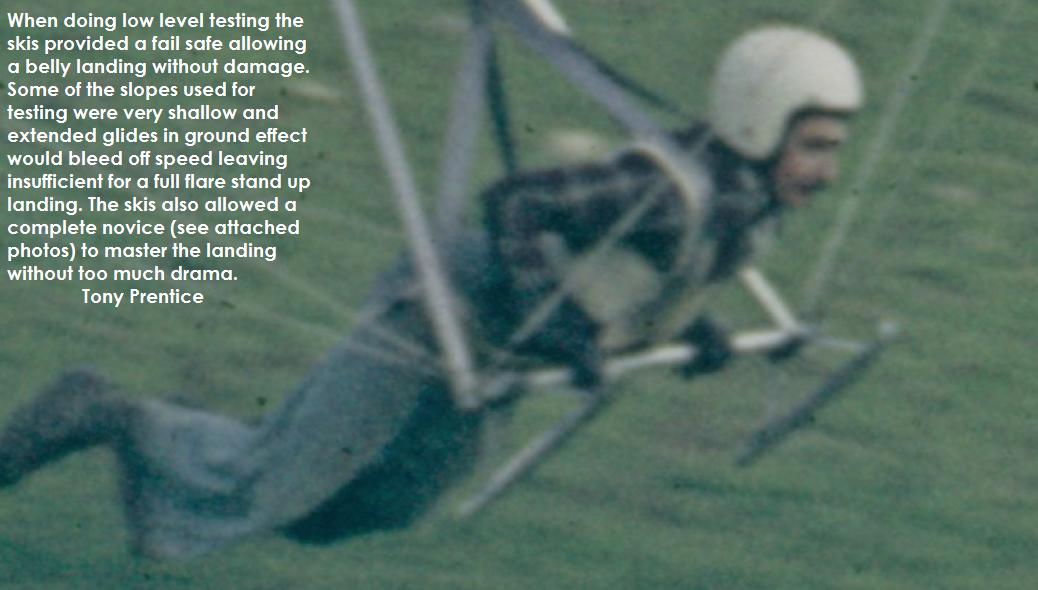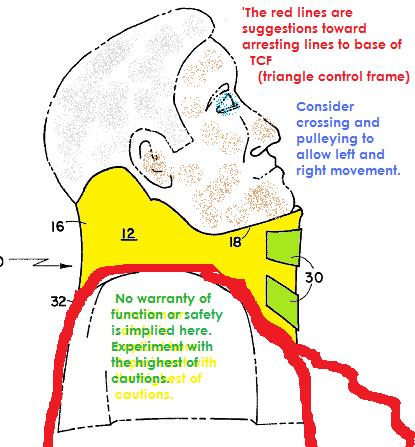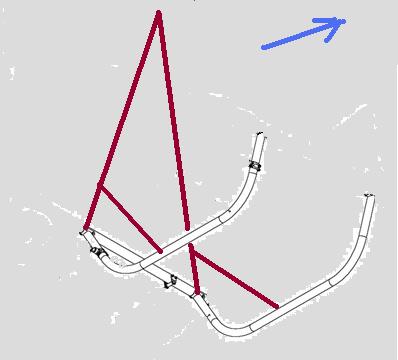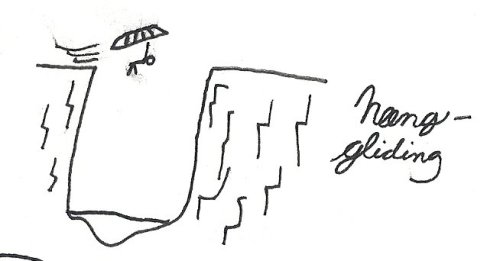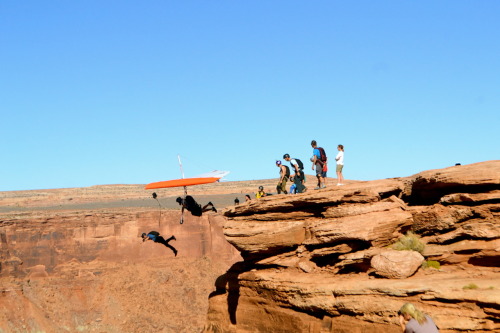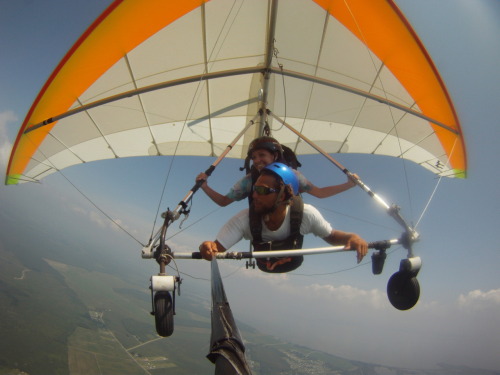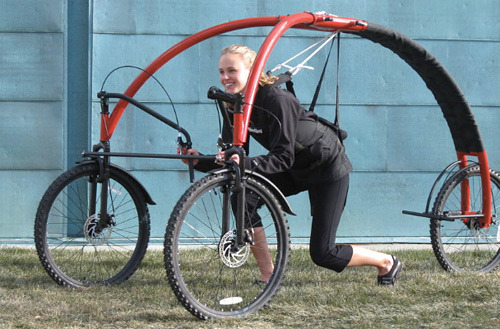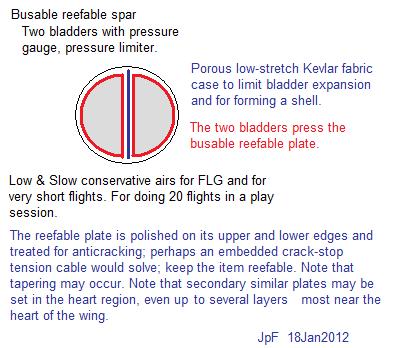Knee cap, patella,
Most of us have two knee cap bones. They usually stick out in front
of us. Projections! Shrubs and boulders and kneecaps do not mix
well. A dragging HG pilot in splats may aim to prepare to protect
knee caps.
Non-catching guard plates that have a bonded inner foam may begin
structure higher up the body in order to effect a ski-protection.
Just local guard for impact does not take into account the sliding
jeopardy. Avoid catchy constructions. What have we?
Fill frontal thigh to a level more frontal than the knee cap and
then have plating that continues past the top of the knee. Think
smooth without
bumps. Consider integration with flight suit. Think fish scales or
roofing tab layering as a shin and toe guarding will be next in the
slide-hit challenge.
Two
distinct branches of attention:
1. Pod solutions.
2. Non-pod solutions. This realm personally has my first attention.

Solutions and forwardings for kneecap in Safe-Splat are invited.
General images where perhaps not one satisfies (in dragging most, if
not all seen, have catchy aspects that brings my "no" vote), but
might be a source of ideas:
http://tinyurl.com/KneeguardsLIFTimages
